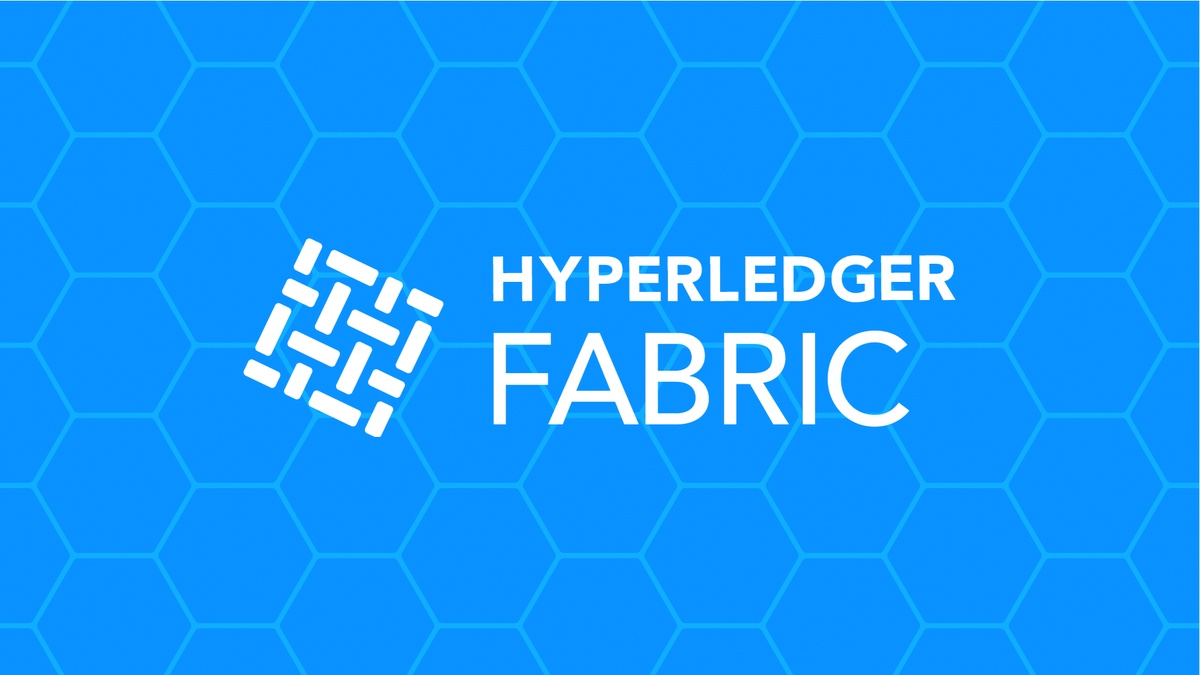Securing Hyperledger Fabric nodes is of utmost importance to ensure the integrity and confidentiality of data within a blockchain network. As a permissioned blockchain framework, Hyperledger Fabric provides several features and strategies that can be implemented to enhance the security of the nodes. In this article, we will explore some tips and strategies for securing Hyperledger Fabric nodes.
- Identity and Access Management: Implementing a robust identity and access management (IAM) system is crucial for securing Hyperledger Fabric nodes. Each node should have a unique identity and access credentials to authenticate and authorize their participation in the network. Fabric supports various IAM mechanisms, including X.509 certificates and membership service providers (MSPs). It is essential to properly manage and safeguard these identity credentials to prevent unauthorized access to the nodes.
- Transport Layer Security (TLS): Enabling TLS encryption for network communication is vital to protect data transmitted between Hyperledger Fabric nodes. TLS ensures secure communication channels by encrypting data and authenticating the participating parties. Fabric provides support for TLS configuration, allowing you to configure and enforce the use of TLS certificates to secure the network connections.
- Secure Key Management: Proper key management is critical for securing the cryptographic keys used within Hyperledger Fabric nodes. Keys should be securely generated, stored, and protected from unauthorized access. Fabric provides a Key Management System (KMS) that allows you to securely manage and store cryptographic keys. Leveraging a robust KMS solution ensures the confidentiality and integrity of sensitive information within the nodes.
- Firewalls and Network Segmentation: Deploying firewalls and implementing network segmentation can provide an additional layer of security for Hyperledger Fabric nodes. By isolating the nodes within separate network segments, you can control the flow of traffic and restrict access to the nodes from external entities. Firewalls can be configured to allow only necessary network connections, further reducing the attack surface and minimizing potential vulnerabilities.
- Secure Chaincode Development: When developing and deploying chaincode (smart contracts) within Hyperledger Fabric, it is essential to follow secure coding practices. Avoid vulnerabilities such as improper input validation, buffer overflows, or injection attacks. Regular code reviews and security audits can help identify and mitigate potential security flaws. Additionally, implementing a comprehensive testing framework and conducting thorough penetration testing can enhance the security of chaincode deployments.
- Regular Updates and Patches: Staying up-to-date with the latest software updates and patches is crucial for maintaining the security of Hyperledger Fabric nodes. Regularly monitor and apply updates to the Fabric framework, its dependencies, and any underlying operating systems or libraries. Keeping the nodes updated helps mitigate known vulnerabilities and ensures access to the latest security features.
- Auditing and Monitoring: Implementing robust auditing and monitoring mechanisms allows you to detect and respond to any suspicious or malicious activities within the Hyperledger Fabric network. Enable logging and monitoring tools to track system events, network traffic, and node activities. Implement real-time alerts and notifications for potential security breaches or anomalies, enabling quick response and remediation. Web3 Infrastructure provider helping enterprises and Blockchain startups build, deploy and manage reliable web3 infrastructure.
- Disaster Recovery and Backup: Developing a comprehensive disaster recovery plan is essential to ensure business continuity in case of node failures or security incidents. Regularly back up critical data, configuration files, and cryptographic materials. Test the recovery procedures to ensure that the nodes can be restored to a known secure state in the event of a disaster.
- Ongoing Security Education and Training: Invest in ongoing security education and training for all individuals involved in managing and operating Hyperledger Fabric nodes. Promote awareness of common security risks and best practices among administrators, developers, and network participants. Regularly update security policies and procedures to align with evolving security threats and industry best practices.
By implementing these tips and strategies, you can significantly enhance the security of Hyperledger Fabric nodes. Secure identity and access management, encryption through TLS, proper key management, and secure coding practices are essential components of a robust security framework. Regular updates, auditing, monitoring, and disaster recovery plans ensure a proactive and resilient security posture. With these measures in place, organizations can confidently leverage Hyperledger Fabric for building secure and trusted blockchain applications.


No comments yet